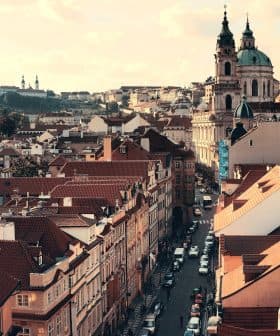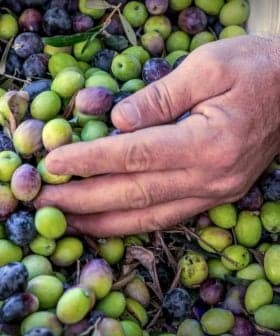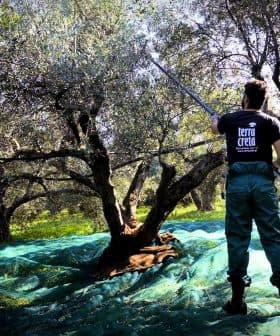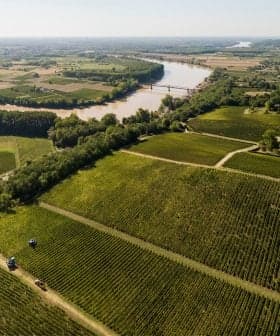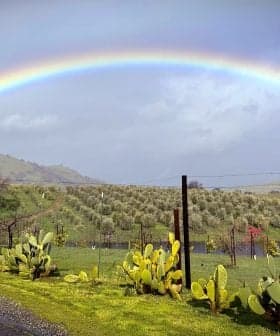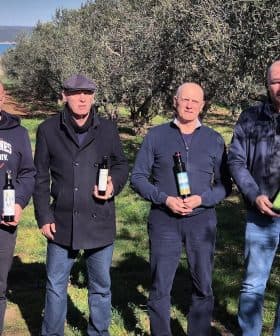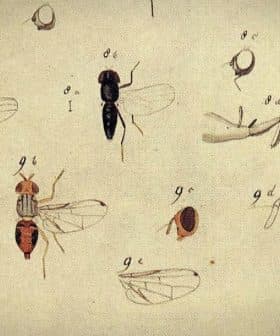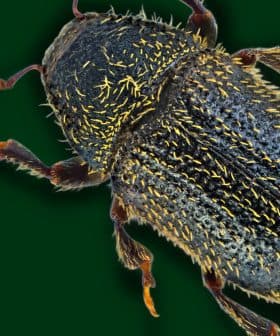Pests Plague Wild Olives on Croatian Island as Producers Remain Steadfast
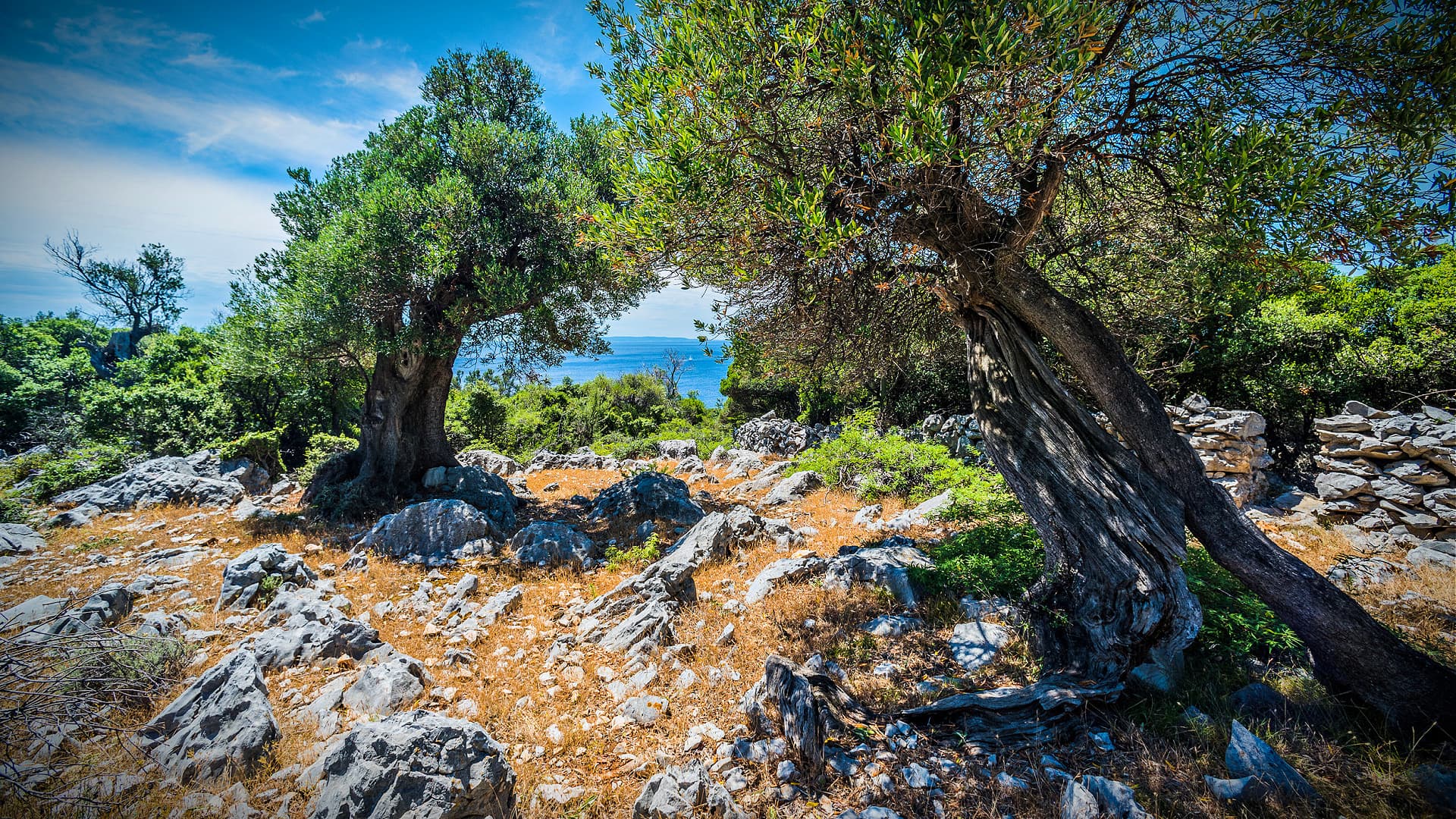
The oil from this year’s harvest of wild olives on Croatia’s Lun peninsula is not expected to be of high quality due to a lack of proper harvest and various challenges faced by local growers. Despite this, efforts are being made by local producers to promote the unique extra virgin olive oils from the region, with hopes of turning Pag into a tourist destination renowned for its olive-growing cultural assets.
The oil from this year’s harvest of wild olives on Croatia’s Lun peninsula will not be sensational.
“There was no real harvest at all, and the little fruit that was harvested is not of the highest quality,” said Želimir Badurina, a successful olive grower and owner of a local oil mill on the island of Pag, with noticeable sadness in his voice.
In the spring, Badurina enthusiastically accepted an invitation to produce oil from the wild olives at the northern tip of Pag and send them together with oils from Dalmatia to the 2022 edition of the NYIOOC World Olive Oil Competition.
Pag, located about five kilometers off the coast of central Croatia, is famous for its sheep cheese and is home to some of Europe’s oldest olive trees.
See Also:Producers in Istria Brace for a Disappointing HarvestBadurina and other local producers believe the oil from the wild trees is not adequately valued outside of Croatia and are working together to change this.
Badurina is one of the founders of the Lun Olive Cooperative, which, with the support of the city of Novalja and the local tourist board, manages the Lun Olive Gardens as a tourist destination.
Lun olive groves cover about 400 hectares and comprise more than 80,000 trees of the indigenous Oblica variety, grafted on the wild substrate of the Olea oleaster line. Badurina claims that the oldest olive tree on Lun is 2,000 years old.
Ivica Vlatković, president of the Zadar County Olive Growers Association, said the grove is a rarity not only on Pag and Croatia but in all of Europe. There are not many wild olives in their natural environment that remain intact in the Mediterranean.
Both men hope to promote this little-known fact to help turn Pag into a tourist destination renowned for its unique extra virgin olive oils.
Vlatković believes the first step in doing so is to send local extra virgin olive oils to the NYIOOC World Olive Oil Competition, which will provide them with a large and diverse audience.
“If the olives are properly harvested and processed, and the quality of the oil is preserved, that oil could become a sensation of the NYIOOC, and thus the demonstrate the value of the Lun peninsula as an olive-growing cultural asset,” he said.
According to Tatjana Klepo, a researcher at the Croatian Agency for Agriculture and Food, the Oblica olives from Lun have a diverse and complex genealogy: They represent one of the two wild olive genomes identified in Croatia.
The fruit from this sub-cultivar, called Luna-Lastovo, are small. Between 15 and 20 kilograms of the fruits are required to produce one kilogram of oil. Vlatković believes that the resulting oils have a unique sensory profile and plenty of healthy properties as a result of the terroir.
He and Badurina planned to send three different oils from the Lun peninsula to the NYIOOC: one made from the fruits of wild olives, the second produced from a Corsican variety grafted on a wild substrate and the third from the local olives, also grafted on a wild substrate.
See Also:Award-Winning Producers on Šolta Prepare for Modest HarvestHowever, the 2021 harvest has not unfolded on Pag without its challenges. The season was going well at first, but local growers quickly encountered problems in the flowering and fertilization phase.
“The strong heat practically burned the flower and fertilization went wrong, so some of the fruits that survived the heatstroke began to get sick,” Badurina said. “These were ‘leafy’ fruits that turned black and fell over time.”
“As one problem does not come alone, the old Lun olive groves were also visited by pests – olive fruit flies and olive borers,” he added. “There is no fruit that is healthy and with which we can make one strong and top-quality oil.”
The problems with borers and flies began immediately after fertilization when the fruits were the size of wheat grains. Fruits damaged by the olive borer, which normally feeds on the olive pits, turned black and fell over time. The fruit that survived has been visibly deformed.
After the olive borers, a terrible fly attack followed. By August, one trap was catching 100 flies per day. Badurina said the millenary olive grove in Lun was contaminated with pests.
He added that in Croatia, conventional methods of pest control have failed. The only time the trees are spared from the attacks is when the proper climatic conditions occur – high temperatures with low humidity – which he said have not happened in the past three years.
Local growers argue that sterilized male flies should be produced in laboratories and released throughout the olive groves. As a result, the eggs laid by female flies would not develop the larvae that destroy the fruit.
Apart from sterilized males, protection against olive moths is possible only with drones due to the inaccessibility of the terrain. Badurina believes that the use of drones could effectively monitor the entire Lun peninsula.
“But one drone costs about €30,000,” he said. “We have the will, we have the knowledge, but we do not have the material means.”
Badurina and other olive farmers hope to receive assistance from the government to buy the drones and protect the olives. Despite the challenges, he still hopes to send oils to compete.
“We are not giving up on New York,” he said. “Everything is only being extended for next year.”


